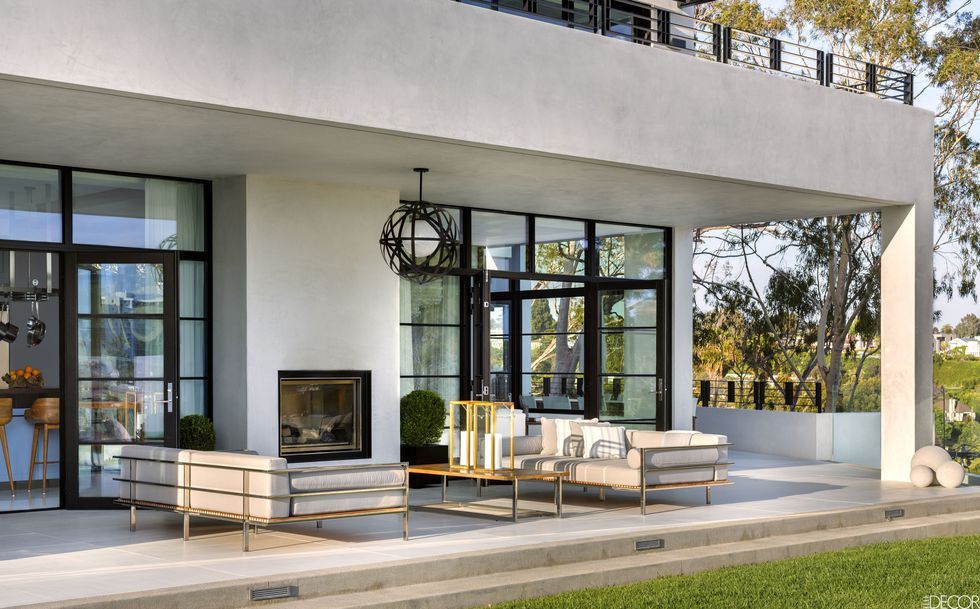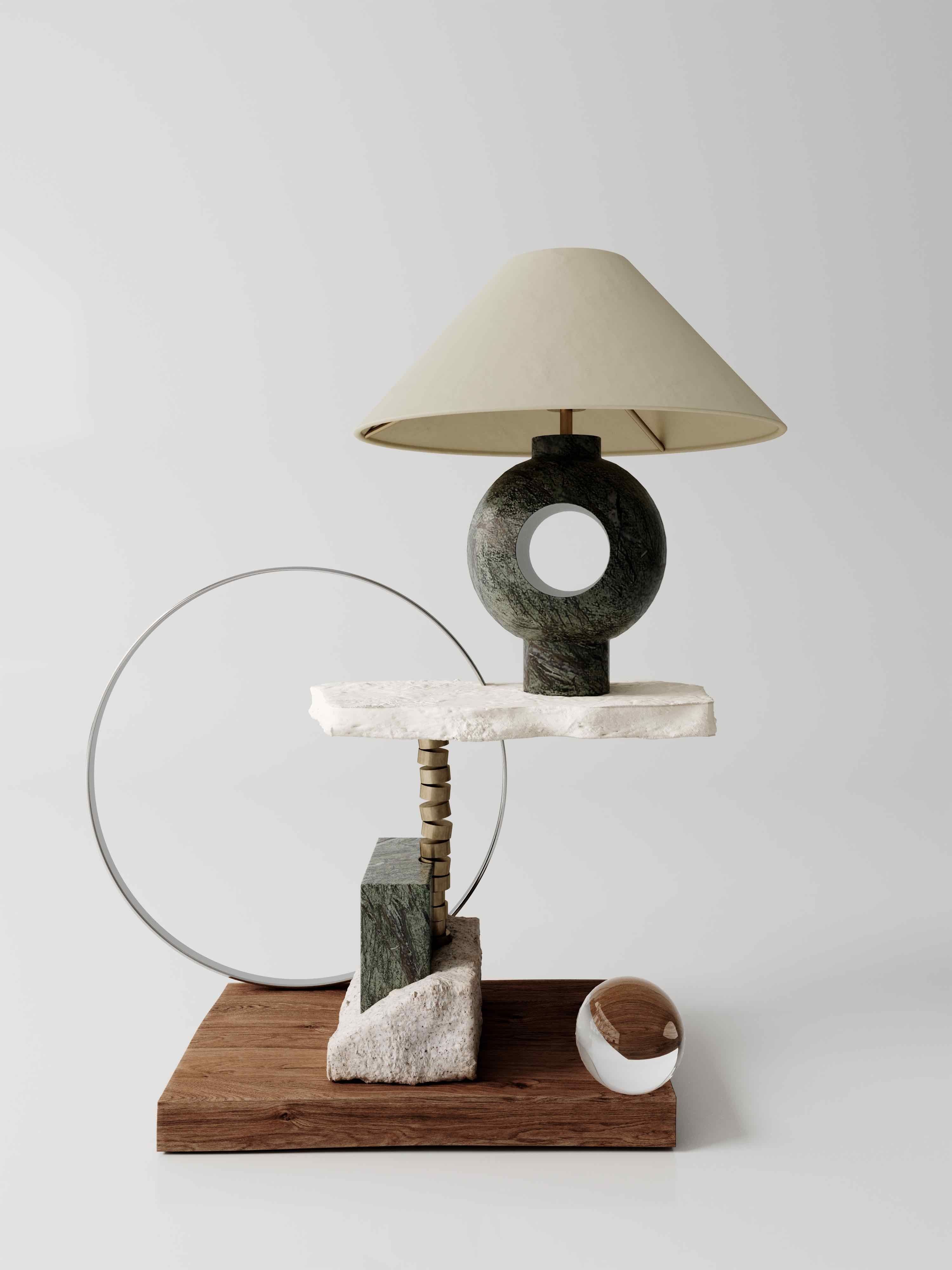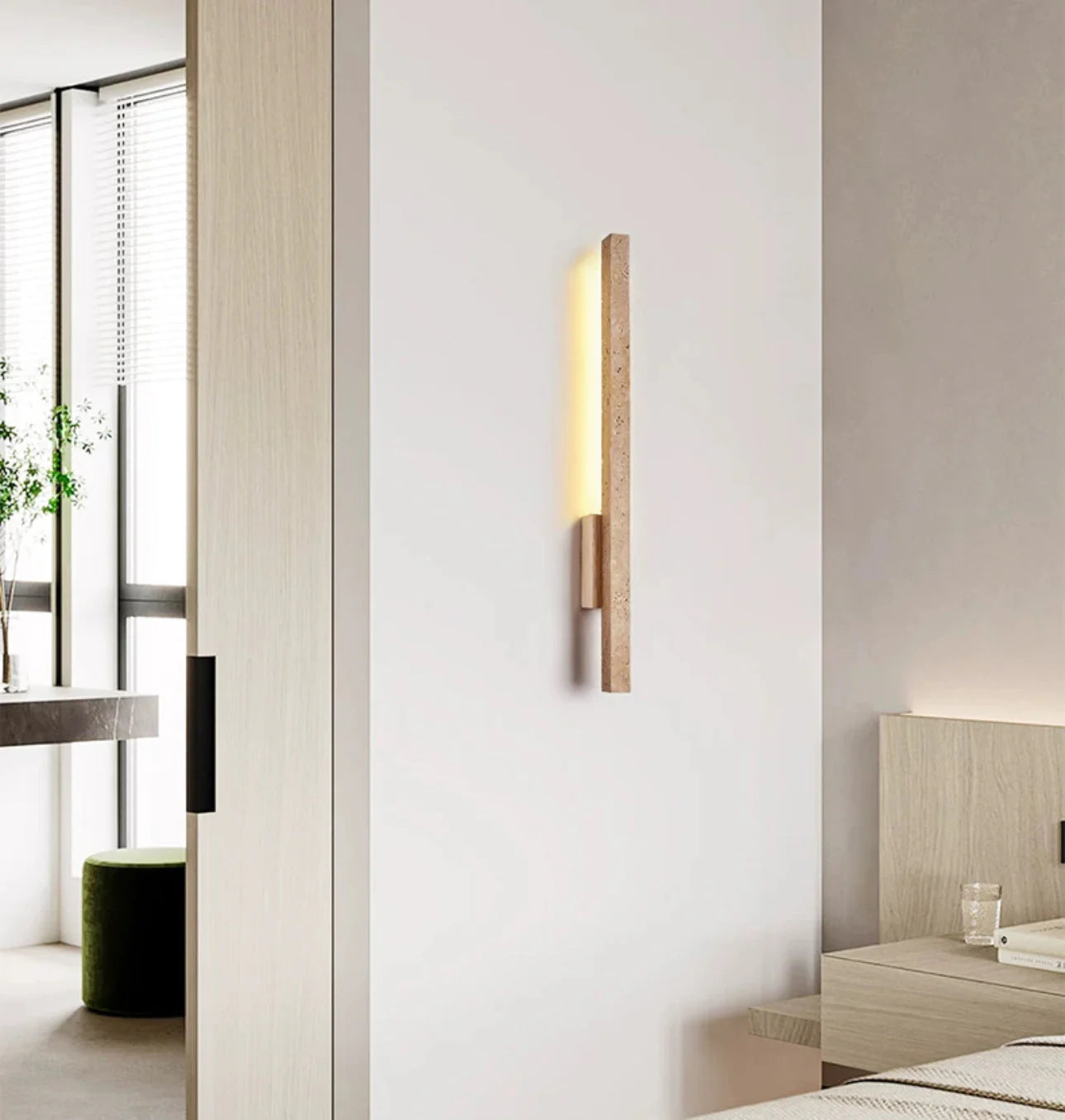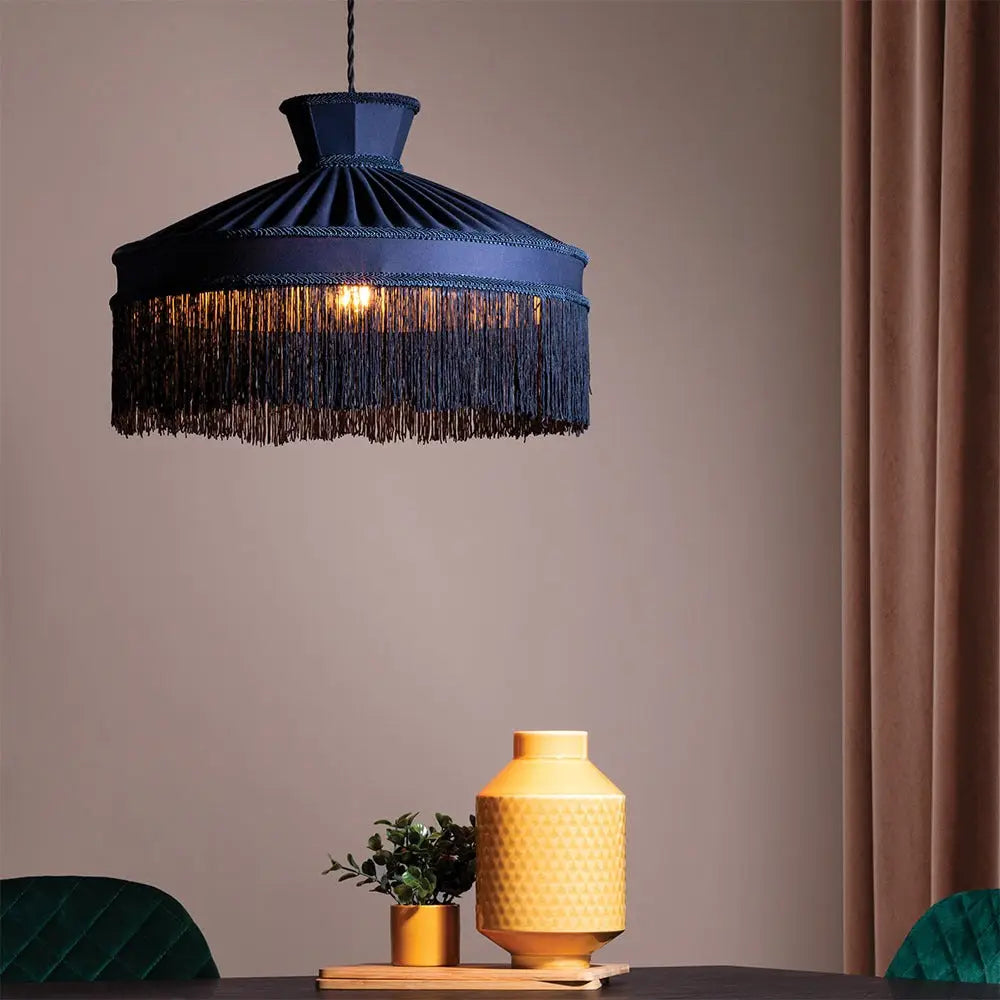Within our walls, we seek solace, comfort, and a sense of belonging. Yet, as the world outside pulses with the rhythms of nature, the artificial world inside often feels disconnected, sterile even. In recent years, however, a renaissance in interior design has risen—a symbiotic dance between nature and technology known as biophilic design. Among its many innovations, biophilic lighting has emerged as a powerful tool for enhancing well-being. By mimicking the natural ebb and flow of daylight, it offers more than just illumination; it offers vitality.
The concept of biophilic lighting is rooted in our innate connection to the natural world. Throughout human history, daylight guided our rhythms, influencing everything from sleep to mood. In today’s modern spaces, where artificial light reigns supreme, this ancient bond can be reignited by carefully designed lighting systems that emulate the qualities of natural sunlight. Warm hues at dawn and dusk, cool light during peak daylight hours—this delicate orchestration helps our bodies sync with nature’s inherent cycles, even indoors.
The Healing Power of Light
Scientific studies now affirm what poets have long known: light is essential to life, not only for plants but for the human soul. Exposure to natural light improves mood, reduces stress, and fosters productivity. Biophilic lighting brings these benefits indoors by replicating sunlight’s spectrum and daily patterns, positively affecting circadian rhythms—the internal clocks that dictate our sleep-wake cycles. In essence, when lighting reflects nature’s dynamics, it restores balance to our overstimulated lives.
In spaces where natural light is scarce—whether deep in an office building, an urban apartment, or a windowless workspace—biophilic lighting creates an oasis of calm. It introduces an element of the outdoors, infusing life where stagnation once took root. As these lights shift gently in tone and intensity, they mirror the sun’s passage across the sky, grounding us in a sense of time, stability, and peace.
Designing Wellness into Every Space
Biophilic lighting does more than beautify a room; it reshapes how we experience it. Imagine a bedroom softly bathed in warm hues as evening falls, encouraging restfulness and tranquility. Picture a workspace illuminated with crisp, cool light during the day to boost alertness and focus. Beyond aesthetics, it is a tangible investment in our health, delivering an environment where both body and mind can thrive.
Healthcare facilities, in particular, have been early adopters of biophilic lighting, with hospitals utilizing circadian lighting systems to accelerate patient recovery. But the benefits extend far beyond medical spaces. In homes, schools, and offices, where the majority of us spend our days, biophilic lighting reduces fatigue, alleviates symptoms of Seasonal Affective Disorder (SAD), and creates a harmonious atmosphere that fosters connection—both with others and with the world outside.
A Natural Path Forward
As the boundaries between indoor and outdoor blur, biophilic lighting is poised to play a pivotal role in how we design for the future. It’s not just about lighting our spaces—it’s about crafting environments that nurture our well-being and embrace the rhythms of nature that have shaped us for millennia.
In an age where technology often isolates us from the natural world, biophilic lighting bridges the gap. It invites us to dwell in spaces that honor our intrinsic connection to the earth, transforming the simple act of illumination into something profound: a return to balance, a rekindling of vitality.
































Leave a comment
All comments are moderated before being published.
This site is protected by hCaptcha and the hCaptcha Privacy Policy and Terms of Service apply.